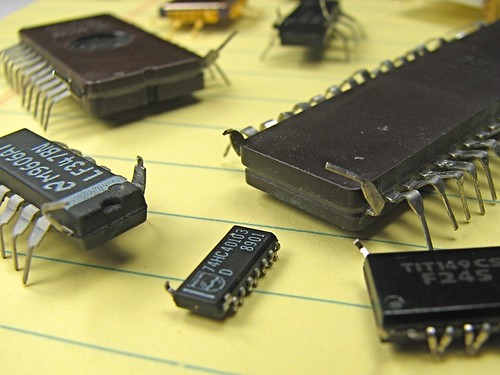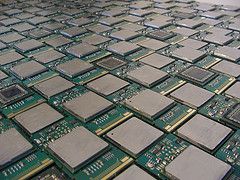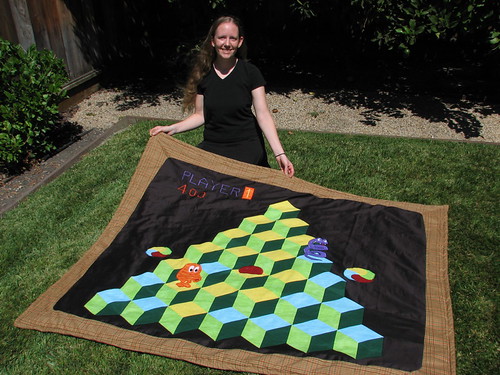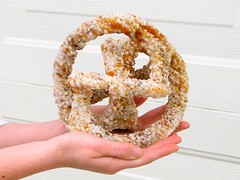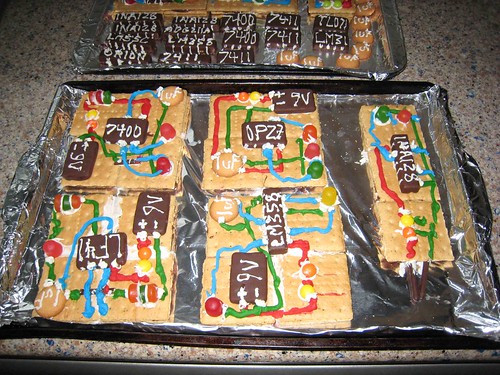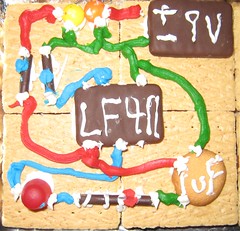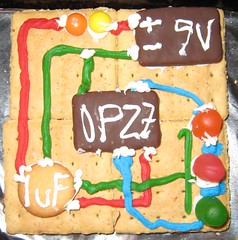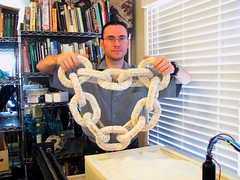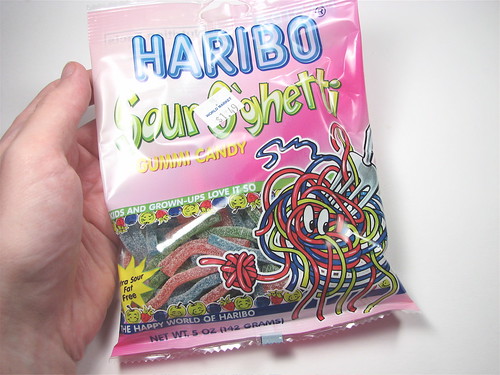This week the lab staff is heading off to Austin, Texas, our former stomping grounds and site of the other Maker Faire this year!
As we noted earlier, we’ll be doing a demonstration of how to build an excellent Bat Costume out of an umbrella and a hoodie. However, our primary project there will be our booth: High-Tech Pumpkins, where we will show up to a dozen (fingers crossed) halloween-themed projects, TSA willing. (Thank FSM it’s Austin, not Boston.)
While we get everything together this week, our publishing schedule will be a little wonky. However, halloween is just around the corner, so it’s time to dust off a few projects from our halloween archives!
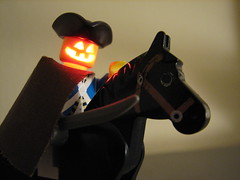

How to hack LEDs into Lego minifigures for Halloween (Link)
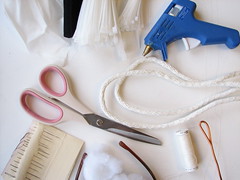

Make a Flying Spaghetti Monster Costume (Link)

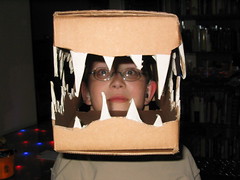
Crocodile Costume (Link)
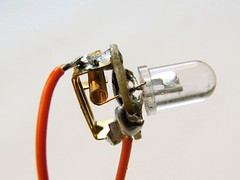

Easy Itty-Bitty Blinky LED Jack-O’-Lantern (Link)
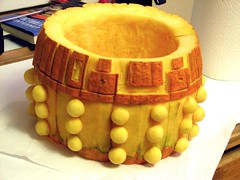

A Robotic Dalek Pumpkin (Link)
See also:






